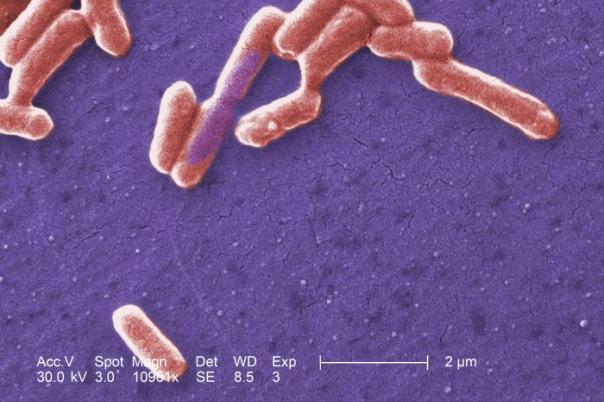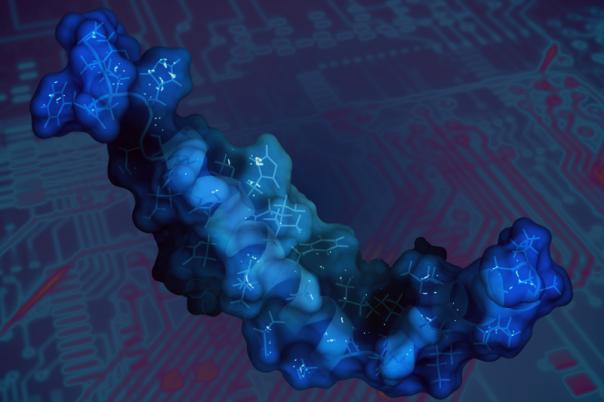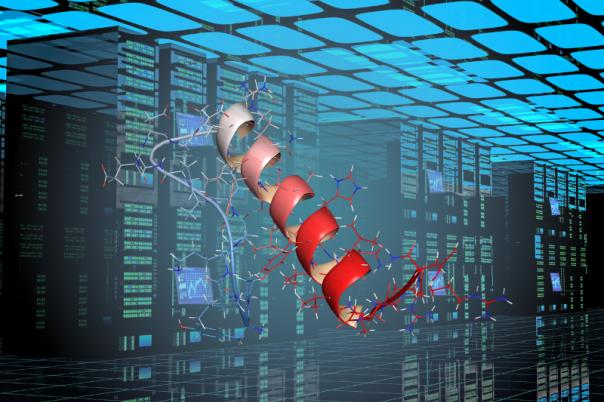When it comes to efforts to make the pharmaceutical industry more environmentally friendly, a distinction must be made between sustainability and green chemistry. As Shwana Braim, Lecturer in Chemistry, Nottingham Trent University, pointed out in this presentation, ‘sustainability’ can encompass economic, environmental, and social dimensions, while green chemistry focuses specifically on environmental aspects of chemical processes.
Nevertheless, green chemistry remains an integral part of sustainability, but sustainability goes beyond just being green. Braim introduced the various drivers of sustainability that are pushing the industry forward. These include, legal regulations, technological advancements, market demand, and ethical responsibilities, all of which drive the need for sustainable practices in the pharmaceutical industry.
On the other hand, there are also various barriers to sustainability which must be considered and overcome. High costs, lack of large-scale data, slow optimisation processes, and limited resources are significant barriers to implementing new sustainable practices.
Braim then outlined the various strategies for implementing sustainable practices. He stressed the fact that true sustainability in pharmaceuticals was not simply just a matter of reducing carbon footprint (a universal goal in any industry). Instead, there are a plethora of ways to improve the industry’s impact. These included using alternative materials, recycling, minimising waste, and adopting new technologies like 3D printing and microfluidics.
Braim then briefly discussed a project on sustainable drug delivery. The project focused on designing non-invasive drug delivery systems using sustainable materials and smart technologies to improve patient compliance and reduce side effects. Non-invasive methods, such as oral administration, offer better patient compliance, reduced side effects, and do not require healthcare professionals for administration.
The presentation closed by outline the use of smart materials like pH-responsive and magnetic-responsive polymers can protect drugs from degradation and target specific sites in the body, enhancing treatment efficacy. Furthermore, formulations incorporating multifunctional properties can be used for therapy, targeting, and diagnostics, improving overall treatment outcomes.





